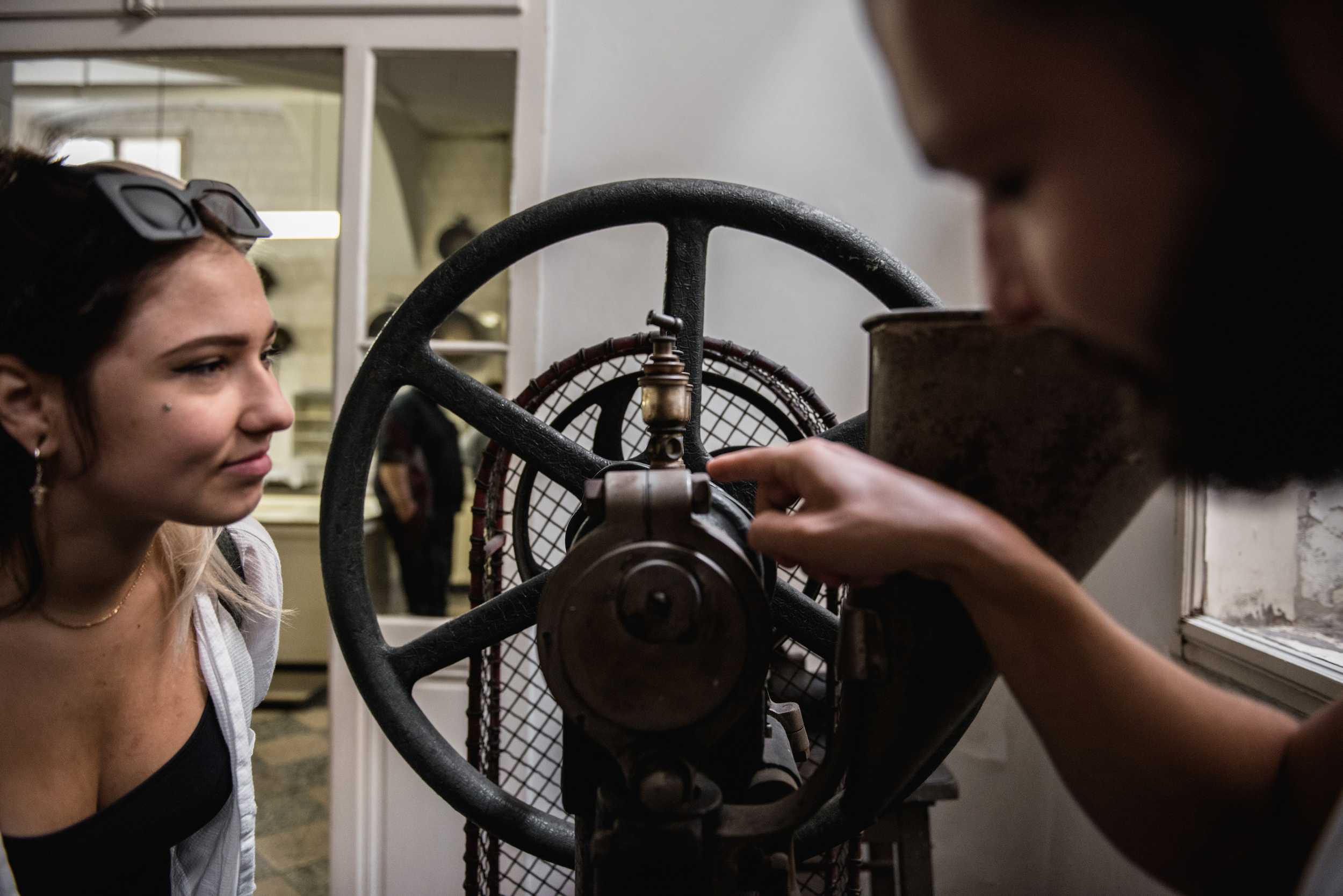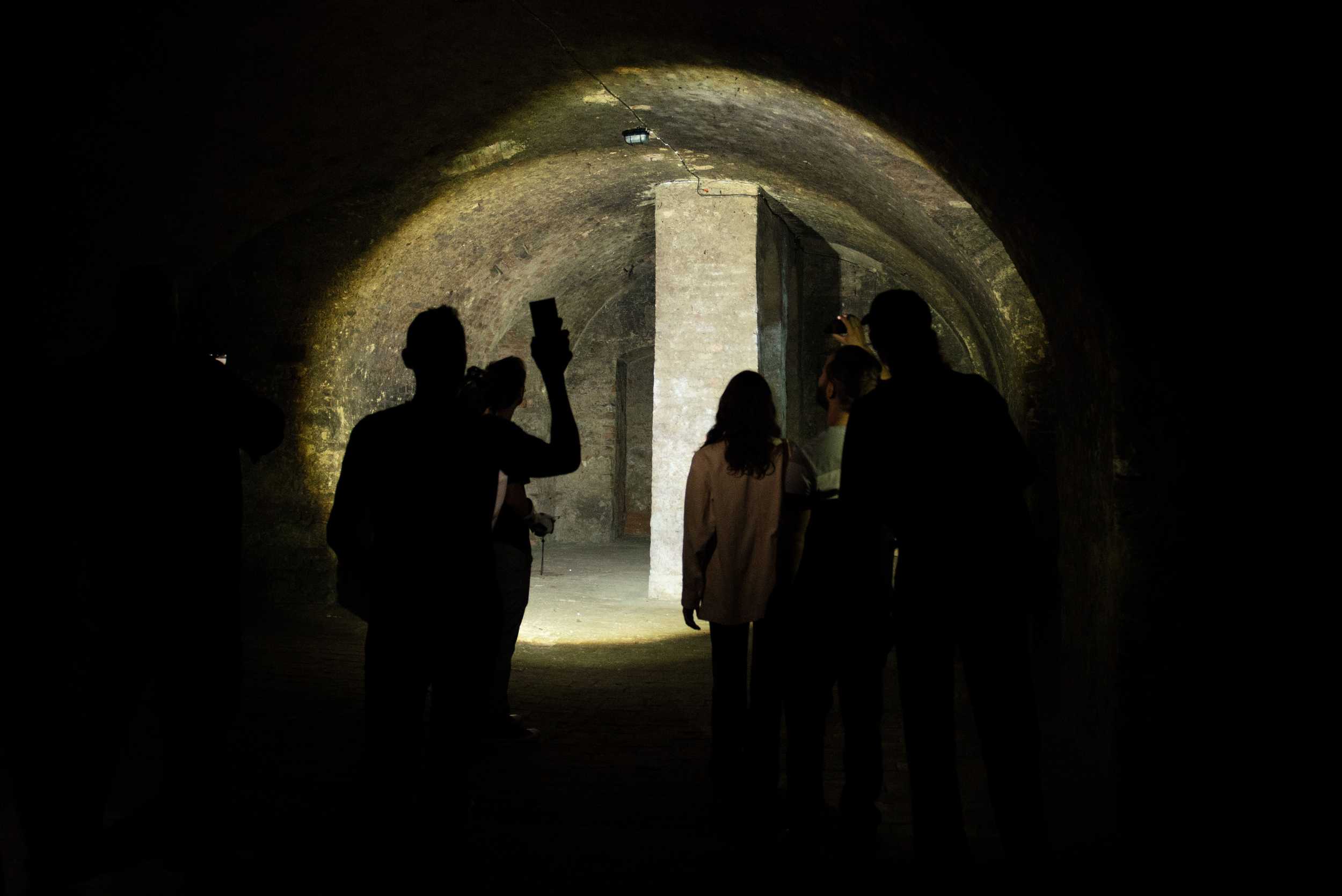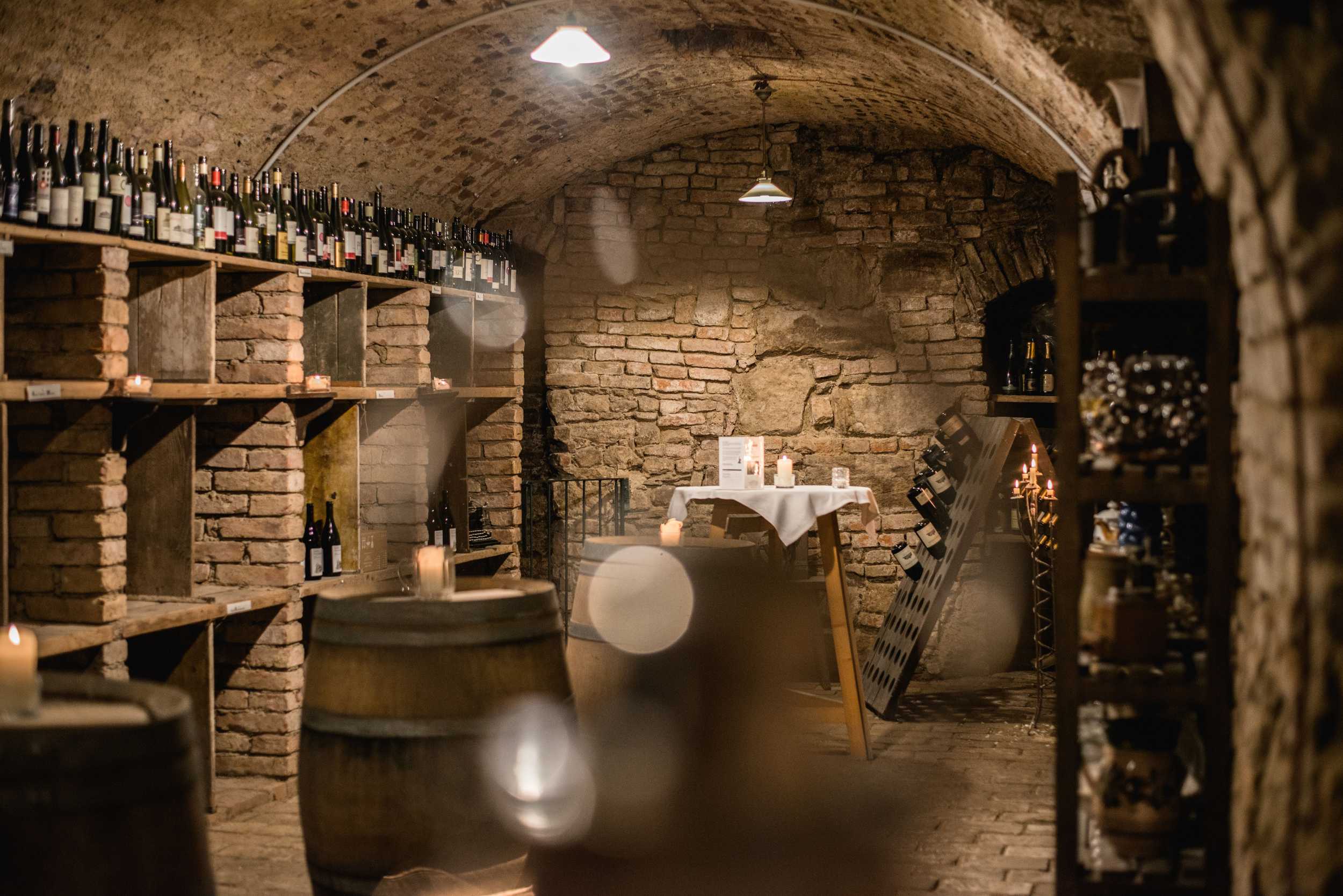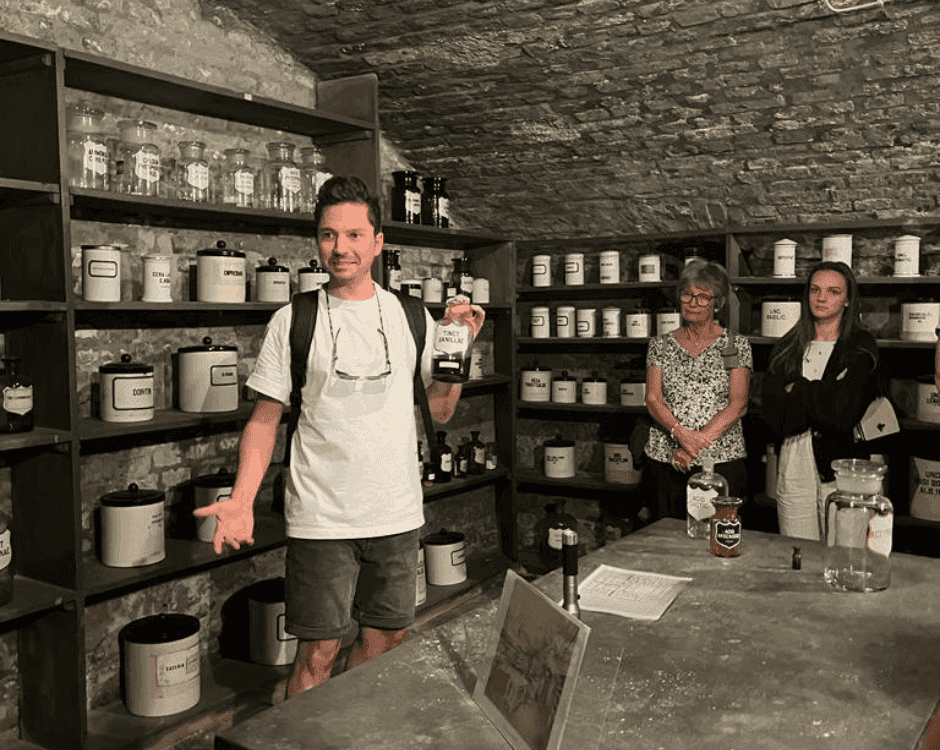The Viennese underground - gloomy, hidden and mysterious

The Austrian capital of culture is known for magnificent architecture, chic coffee houses and impressive sightseeing. Attributes such as “gloomy, hidden and mysterious” are rarely associated with Vienna. But the Viennese underworld describes exactly these creepy characteristics. We went on a quest to shed light on the secret, wet and dirty side of the most livable city in the world and tell you how you can still gain access to this somewhat different world today.
A city below the city - a forgotten "parallel world"
Did you know that a completely different world hides beneath the beautiful inner city of Vienna? The 1st district of Vienna has a complete basement. Few know the dark places and tunnels of the underworld. The hidden corridors lead to old air-raid shelters, bunkers, catacombs and many other mysterious places. Some of the cellars are up to 15 meters underground and some extend over 4-5 floors.
In the past, some cellars were connected and served as escape routes during air raids. One way to get there, for example, is via the well-known traditional fashion shop "Loden Plankl" right in the city center. Via a door in the storage room, you descend into the spooky underworld. The cellar that can be found borders on the well-known "Michaeler Crypt", which belongs to the 800-year-old “Michaelerkirche”.
Living underground – the “social dregs”
In the 19th century, social differences were extremely large. Between the rich bourgeoisie and the nobility there were numerous people who lived on the fringes of society. This "social dregs" had literally settled at the bottom of the city center, namely in the sewage system. Where else should you go if you don't have a permanent home?
While the upper class indulged in a respectable and easy life above the city, attended balls and devoted themselves to art, below the pavement there was often sheer poverty. Homeless people, beggars and other impoverished people lived hand to mouth there. Some found shelter in homeless shelters or sought out some vacant building, unattended facility, or hiding place. However, a considerable proportion went underground.
Even today, hidden places under the city can become a place of refuge. On the Viennese's most popular shopping street, Mariahilfer-Strasse, which runs between the 6th and 7th districts, there's a slice of the underworld that offers food and shelter to the homeless. The "Gruft" serves both as a day center and as an emergency shelter.
Hidden pubs and clubs
Even then, Vienna had a large number of pubs and taverns (colloquial for inns) to offer. Already during the Turkish wars, the defenders of the city stopped at the underground Prince Esterhazy, where plenty of wine was served. In the "Esterhazykeller", which is particularly popular by tourists, you can still enjoy a glass or two of wine today.

All of Viennese wine cellars have an individual ambience, are disreputable or serious, ordinary or unusual and modern or antique. To this day, lively gastronomy has survived in small parts of the underworld: traditional companies continue to exist and new clubs and trendy bars are being added.
On our culinary adventure tour "Hidden wine cellars - on the trail of Viennese wine" we grant exclusive access to 3 mysterious vaulted cellars and taste local wines and regional delicacies. On this special discovery you will get to the bottom of a long-forgotten world in the truest sense of the word.
You do want to have it a little scarier? Then come with us into the Viennese underworld - an adventure with a scary factor. On this exclusive tour we will take you to a long forgotten city. We show you the hidden Vienna - the beautiful and ugly sides of the Viennese underworld. Curious? Then click here.
The Viennese underworld offers a unique contrast to the well-known chic Vienna. A stroll through this colorful part of the lower town is definitely worthwhile.
Finally, we would like to summarize exciting facts and figures about the secret Viennese underworld.
Facts and figures about the Viennese underworld:
- More than almost any other city, Vienna has a very dense network of underground tunnels, cellars and vaults. The oldest buildings date from Roman times.
- The "Michael Crypt" is located under the church of the same name (built from 1219 to 1221). There are around 250 coffins, mummies and numerous bones in the catacombs.
- Weapons, ammunition and food were stored underground during the Turkish siege (16th and 17th centuries). In addition, the squares served to protect the Viennese population.
- Life underground began with the construction of the sewage system at the end of the 19th century. The unemployed and the homeless found shelter there. Today, the canal system is an incredible 2,400 kilometers long.
- Some cellars served as dance halls or restaurants. During World War II they were converted into air raid shelters. Connecting the corridors created a network of escape routes.


